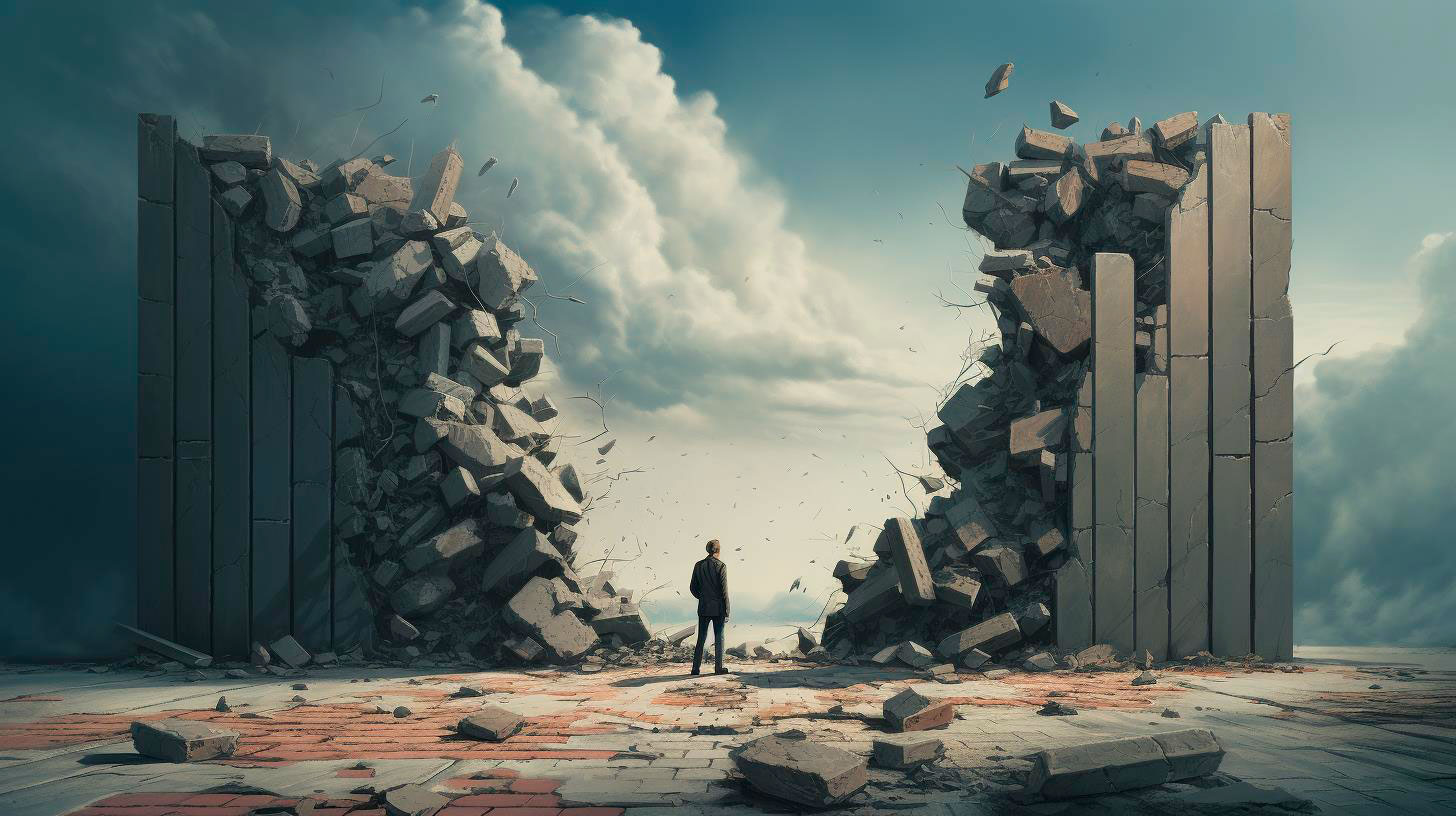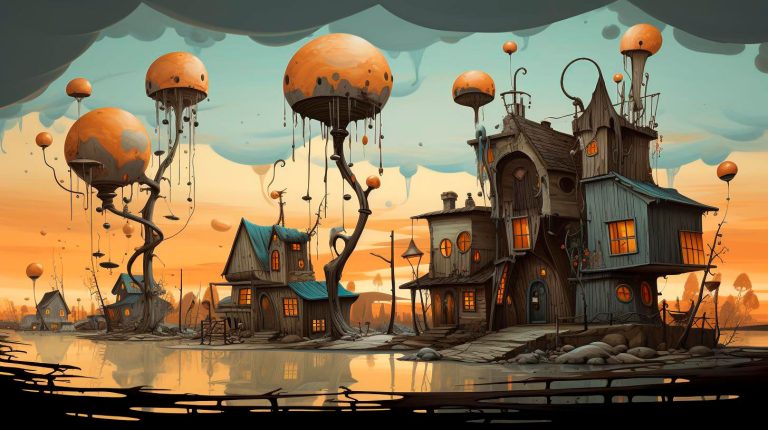In this article, we will explore some valuable tips and techniques that can help you create stunning and impactful portraits.
Understand the Power of Contrast
If you want to create dramatic lighting, you need to understand the concept of contrast. Contrast refers to the difference between light and dark areas in your photograph. By incorporating a wide range of tones and shadows, you can add depth and drama to your images.
Key Takeaway: Effective use of contrast can make your portraits more visually appealing and impactful.
Utilize Natural Light for Moody Portraits
Natural light can be a powerful tool for creating dramatic portraits. During golden hour (the hour after sunrise or before sunset), the soft and warm light can add depth and ambiance to your images. Try experimenting with different angles and compositions to capture intriguing shadows and highlights.
Key Takeaway: Embrace natural light to add a touch of drama and moodiness to your portraits.
Experiment with Artificial Lighting
In addition to natural light, artificial lighting can also help you create captivating portraits. Use off-camera flash or strobes to control the light and shadows, and experiment with different lighting setups, such as butterfly lighting, Rembrandt lighting, or split lighting.
Key Takeaway: By mastering artificial lighting techniques, you can have full control over the mood and drama in your portrait photography.
Consider the Direction of Light
The direction of light can significantly impact the mood and feel of your portraits. Side lighting can create depth and texture, backlighting can add a sense of mystery and glow, while front lighting can provide a more traditional and evenly-lit portrait.
Key Takeaway: Experiment with different lighting angles to discover the best direction that suits your subject and desired mood.
Use Light Modifiers to Shape the Light
Light modifiers, such as softboxes, reflectors, and diffusers, are essential tools for controlling and shaping light in portrait photography. Softboxes can create soft and even lighting, while reflectors can bounce light to fill in shadows and add subtle highlights.
Key Takeaway: Light modifiers are indispensable for manipulating the intensity and quality of light to achieve the desired dramatic effect.
Pay Attention to the Background
The background plays a crucial role in accentuating the drama in your portraits. Consider using a dark, textured, or plain background to enhance the contrast and draw the viewer’s attention to the subject. It is also essential to ensure that the background does not distract from the main subject.
Key Takeaway: Choosing the right background can make your subject stand out and add depth to your portrait.
Experiment with Shadows and Silhouettes
Shadows and silhouettes can add a captivating and mysterious element to your portraits. By intentionally placing your subject in the shadow or using backlighting, you can create striking and dramatic images.
Key Takeaway: Shadows and silhouettes can enhance the storytelling aspect of your portraits, leaving a lasting impression.
Conclusion
In conclusion, understanding how to create dramatic lighting in portrait photography allows you to add depth, mood, and impact to your images. By considering the power of contrast, utilizing natural and artificial lighting, experimenting with different lighting angles and modifiers, paying attention to the background, and incorporating shadows and silhouettes, you can elevate your portraits to a whole new level.
Remember, mastering dramatic lighting takes practice, experimentation, and a keen eye for detail. So grab your camera, follow these tips, and let your creativity shine through your stunning portraits!




















+ There are no comments
Add yours